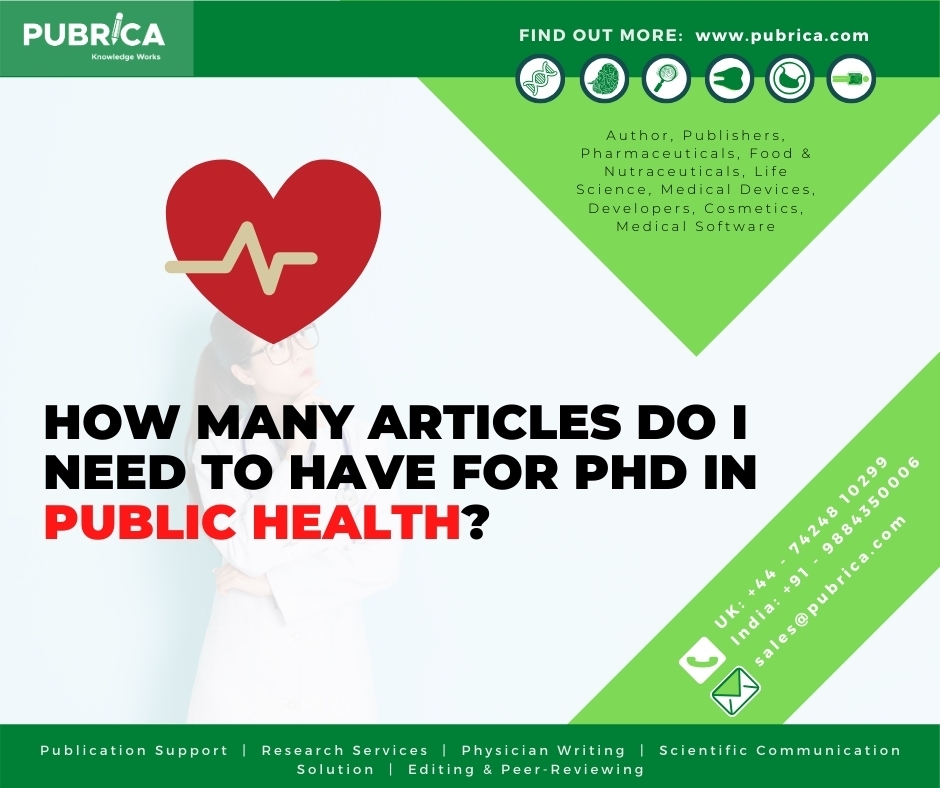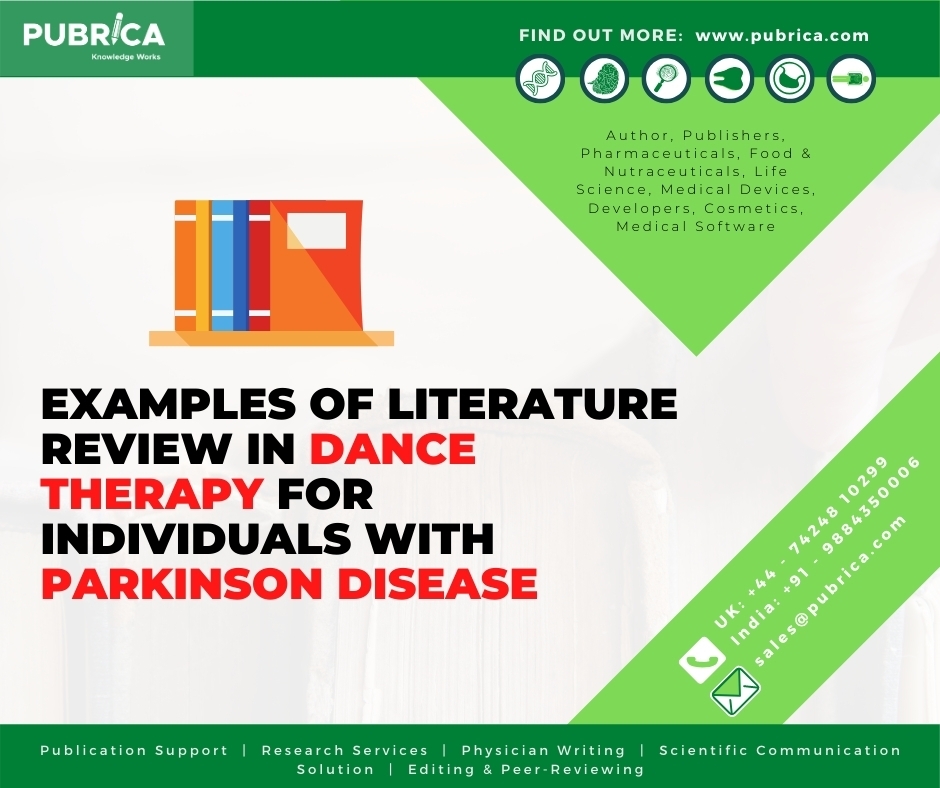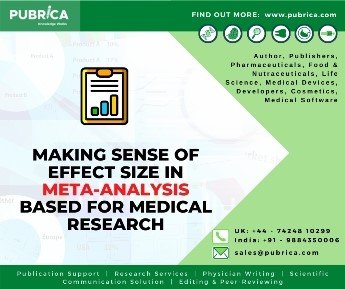
Finding Articles And Books Using Database For Your Discipline
March 4, 2020
How Many Articles Do I Need To Have For Phd In Public Health?
March 11, 2020
In Brief
- Parkinson’s disease (PD) is a neurodegenerative disorder. Dance therapy for PD improves the health-related quality of life (HRQOL).
- Literature review studies on dance therapy has proved to be successful remedy most of the PD’s.

Parkinson’s disease (PD) is a chronic heterogeneous neurological disability or neurodegenerative disorder known as “shaking palsy” (DeMaagd & Philip, 2015), effecting 1-3% of global population above the age of 60 years (Ball, Teo, Chandra, & Chapman, 2019). This disorder is characterised by degeneration of neurons due to which slowing of movements occur. Sometimes PD is also associated mainly with symptoms of tremors, uncontrolled muscle and involuntary limb movement during sleep and so on (Zafar & Yaddanapudi., 2019).These individuals at times express childish behaviour and exhibit mood swings, however, to overcome such psychological imbalance in affected individuals, physiotherapists have introduced dance therapy.
This would make their mind peaceful, increase the mobility in their hands and limbs, and this practise daily will improve their confidence to cope up from the disorder. The dance therapy was considered as a Psychotherapeutic used movement which improves the well being of the patients (the American Dance Therapy Association) and as the spiritual integration which bring peace of mind in patients (the European Association Dance Movement Therapy) (Koch et al., 2019).
Prior to dance therapy, several other therapies were practised by Parkinson’s patients, which included speech, occupational and physical therapies. Initially, these therapies were found useful to rectify walking posture, to lower the tremor rigidity and mental functions and to improve the vocal disorders. Along with these, regular exercises were recommended to strengthen the muscles and strengthen neuro-balance (NIA, 2017).However, medication through drugs could not completely cure psychosocial, motor and cognitive symptoms, hence, alternative therapies were researched to address these issues. Dance therapy was practised in various countries. The impact of dance therapy on individuals who have Parkinson disease was studied to know whether dance therapy improves the quality of patient’s lives who were depressed and improves the motor ability performance.
Researchers found dance would be similar to do an exercise, thereby it received attention. In the recent study it was explained that patient’s with Parkinson’s disease when suggested to practise dance therapy daily, there was an improvement in body movements and health-related quality of life (HRQOL) (Hackney & Bennett, 2014).
There are scanty review reports available on the benefits of dance for patients with PD. Sabine C. Koch et al., in his study mentioned the events and beneficial effects of dance movement therapy (DMT) on motor function and quality of life in Parkinson’s patients. In his study he reviewed other studies conducted by authors De Dreu et al.,2012; Kiepe et al., 2012; Hackney and Bennett, 2014; Sharp and Hewitt, 2014; Loetzke et al., 2015; Shanahan et al., 2015; Aguiar et al., 2016, where they observed substantial progress in balance with Berg Balance Scale, motor impairments (UPDRS-Scale, Timed-Up-and-Go scale), and quality of life were found in the intervention group better than control group. However, other few reports have not provided any motor function like freezing of gait and quality of patient’s life. The patients who participated in trials have gained satisfactory benefits of therapy.
Moreover, in the subsequent trials, authors Kiepe et al., 2012; Peters, 2012; Boehm et al., 2014; Meekums et al., 2015 has studied PD patients with depression and anxiety and have seen the better outcome of DMT on patient’s psychological
Earhart, 2009 in his review study he analysed that dance movements involve particular beats like Tango, that stimulate brain cells to produce sufficient serotonin to bring a better feel in PD patient. These music or dance beats usually bypass the damaged area in the brain, these beats bring out auditory movements which further improves stamina to walk in PD patients. In another quantitative analysis done by McRae et al. 2018, he assessed the long-term impact of dance for PD (DfPD), to know their confidence in performing usual daily activities which improves the quality of life. In this survey study, PD patients were asked a few questions on attending the dance classes and its benefits.
They found that 98% of PD individuals have improved quality of life, and 42% reported that they feel better benefits out of attending class as the days progress following another class. It was found that dance provides a scope to learn, interact with people and enhance new skills in the class and also improves self-confidence even after the class. It was even noticed that these dance skills make a PD individual feel comfortable doing their daily activities like moving around the house on work, gardening, getting up themselves out of bed without any ones support, cleaning their utensils etc (Schmidt, 2019).
Similarly, in another qualitative study done by Ashburn et al., in 2015, analysed the benefits of dance in PD. It was a 10 weeks study on a dance class practising Latin American dances and ballroom dance, and PD individuals took part in the study for two times in a week. They were interviewed about their difficulties in practising dance in class. Participants reported that initially, they experienced movement difficulties in class, following music, remembering dance steps and so on. But, PD individuals had a satisfying feeling of achievement and joyful interacting with other mates during the learning process as the days progress.
Further, all expressed interest to carry out to continue the dance classes. Hence, out of evidence from the literature review of this study, it was concluded that dance movement has reduced imbalance and gait movements, improvements in mental and physical stability, improved quality of life. However, it was also considered that motor and non-motor symptoms of PD individuals have felt that psychologically, emotionally and physically attending dance classes is a suitable remedy for PD individuals (Schmidt, 2019).
Conclusion
Parkinson’s disease requires a crucial dance therapy which is evidenced through various literature reviews as it responds well. Understanding and encouraging PD’s, would make them confident to do any kind of work and activities they plan to do. More than solid medications PD’s would require emotional therapy to get well soon.
Future Scope
Till date various dance therapies have been
applied to any type of PD symptoms, but, in this present scenario,
researchers/doctors must focus on the specific dance to cure a particular type
of PD symptom to invest time on accurate therapy. Moreover, future research
should not only limit to PD but also find out the effect of dance therapy on
other neurological disorders.
References:
- Ball, N., Teo, W.-P., Chandra, S., & Chapman, J. (2019). Parkinson’s Disease and the Environment. Frontiers in Neurology, 10. https://doi.org/10.3389/fneur.2019.00218
- DeMaagd, G., & Philip, A. (2015). Parkinson’s Disease and Its Management: Part 1: Disease Entity, Risk Factors, Pathophysiology, Clinical Presentation, and Diagnosis. P & T : A Peer-Reviewed Journal for Formulary Management, 40(8), 504–532. Retrieved from http://www.ncbi.nlm.nih.gov/pubmed/26236139
- Hackney, M., & Bennett, C. (2014). Dance therapy for individuals with Parkinson's disease: improving quality of life. Journal of Parkinsonism and Restless Legs Syndrome, 17. https://doi.org/10.2147/JPRLS.S40042
- Koch, S. C., Riege, R. F. F., Tisborn, K., Biondo, J., Martin, L., & Beelmann, A. (2019). Effects of Dance Movement Therapy and Dance on Health-Related Psychological Outcomes. A Meta-Analysis Update. Frontiers in Psychology, 10. https://doi.org/10.3389/fpsyg.2019.01806
- NIA. (2017). Parkinson’s Disease. Retrieved from U.S. Department of Health and Human Services website: https://www.nia.nih.gov/health/parkinsons-disease
- Schmidt, S. (2019). Movement and Support as Treatment for Parkinson’s Disease: A Literature Review. Lesley University. Retrieved from https://digitalcommons.lesley.edu/cgi/viewcontent.cgi?article=1167&context=expressive_theses
- Zafar, S., & Yaddanapudi., S. S. (2019). Parkinson Disease. StatPearls [Internet]. Retrieved from https://www.ncbi.nlm.nih.gov/books/NBK470193/



